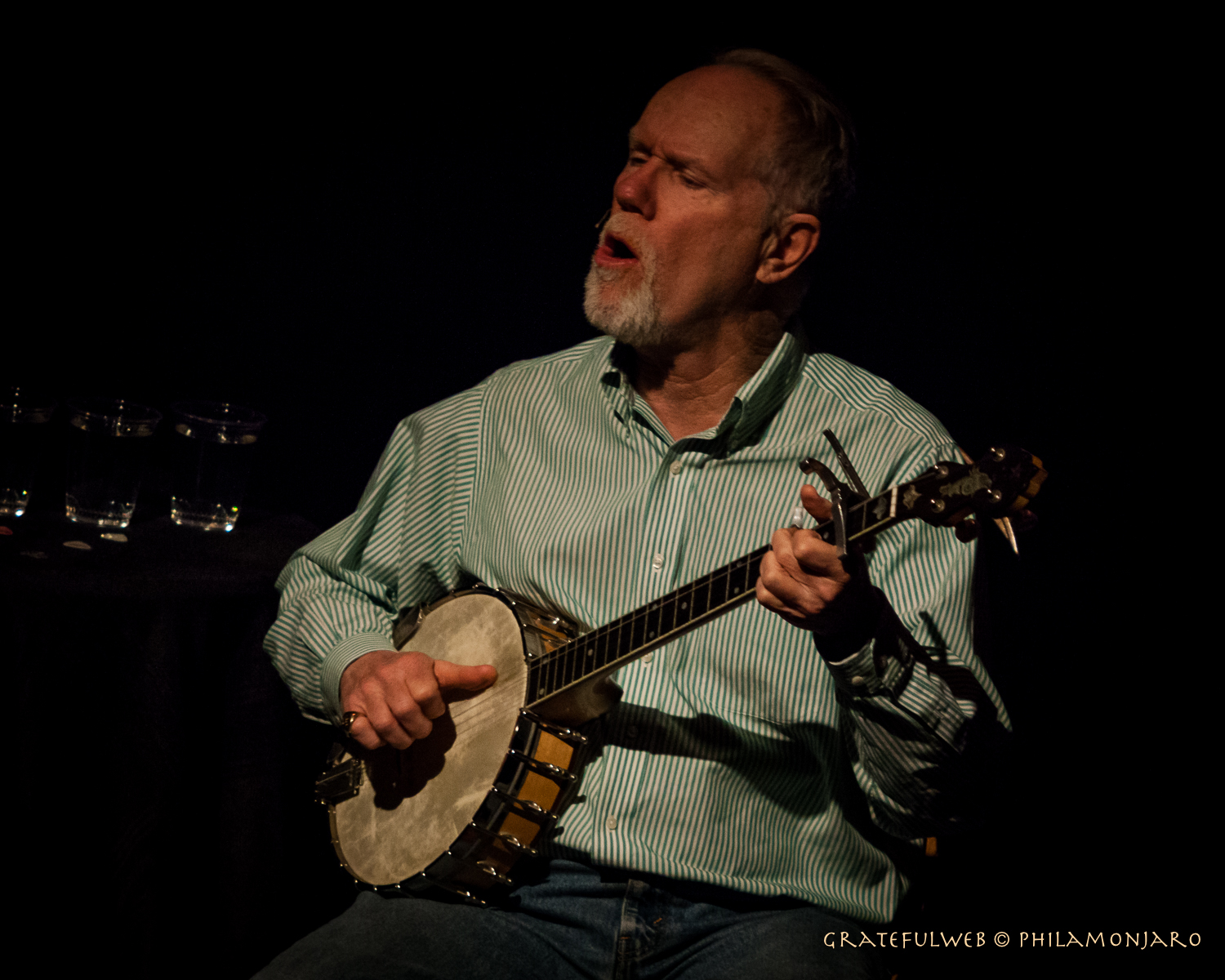

Not only was the tour extensive in terms of cities visited and time spent in Australia, the repertoire was also interesting. And you’ll hear Ron Sullivan, the interviewer, attempting to get a word in every so often….but failing! Voice of Marie Rambert. She is speaking from Adelaide in 1948 giving the interviewer her thoughts on the success of the tour. I know that other speakers will have more to say about Mme Rambert so I will simply let you heart her voice. You see her on the left in Brisbane in 1948 looking very smart as she signs some document or other, while on the right you see her accepting applause for the opening night performance, the first performance in Australia in Melbourne. We would have passed out otherwise’.īut the tour was extensive and, on this slide, I give you Mme Rambert herself. They just kept a continuous line of it and as we came off stage we would have a glass of icy cold juice and then go back on. ‘The local people kept a running chain of iced orange juice in huge metal ice cream containers. But Cecil Bates, an Australian member of the company, recalls that they were well looked after. Those for The Fugitive for example were made of heavy English felt. It was well over 100⁰ Fahrenheit in the shade each day and the dancers were sometimes performing in costumes that were heavy and very hot to wear. This is what Broken Hill looked like then in a photo, sadly badly faded, from the private collection of one of the dancers.Īnd the weather was enervating. But I’m sure it was a somewhat remarkable experience for the dancers to go to Broken Hill. ‘She was almost a star turn in herself, for she made no weary speeches but tickled the audience’s fancy by her humorous and witty remarks and explanations of the ballets’. A local newspaper, Barrier Daily Truth, reported that Marie Rambert had introduced each ballet.

It was made possible by sponsorship from several mining companies in the area. Perhaps the most surprising part of the tour is a visit to Broken Hill, a three-night stand made in January 1948. So, the New Zealand leg of the tour needs a bit more research. She was lying in bed in a plaster cast in St Vincent’s Hospital in Sydney. I didn’t investigate that side of the company’s activities in great detail because Maggie Scott didn’t go to New Zealand. Unfortunately, the information for the New Zealand leg of the tour is not complete. On this slide I have listed the towns and cities visited by the company. Maggie, as you most likely know, first came to Australia with the Rambert company and then made her subsequent career in Australia. Today I only have 10 minutes to talk to you about the Rambert tour, which I delved into while writing my biography of Dame Margaret Scott. In many respects the Rambert tour has been somewhat neglected compared with the attention that has been given to the Ballets Russes companies whose tours to Australia took place largely in the mid to late 1930s and in 1940. On this slide you can see two of the dancers who made a particular impact in Australia, Belinda Wright and John Gilpin, both very young at this stage in their careers. As we each had just 10 minutes each my introductory talk was necessarily brief. Other speakers for this session were Jonathan Taylor, Audrey Nicholls and Maggie Lorraine who spoke about their experiences with the company after the Australasian tour. The conference included a session relating to Marie Rambert and the tour made by Ballet Rambert to Australia and New Zealand between 19. Early in July I gave a brief presentation in Melbourne at the Cecchetti Ballet conference for 2018.


 0 kommentar(er)
0 kommentar(er)
